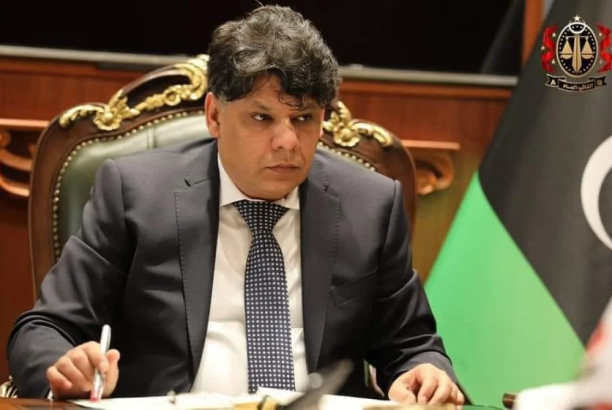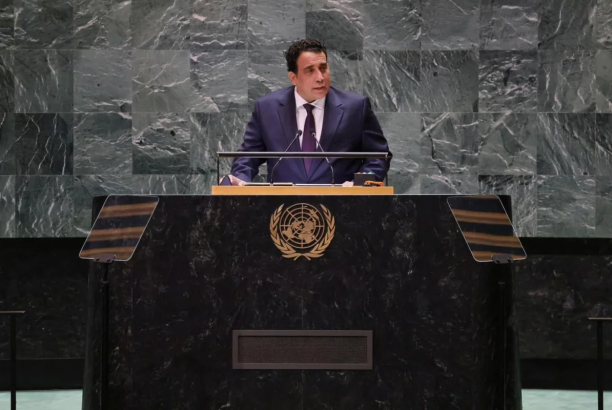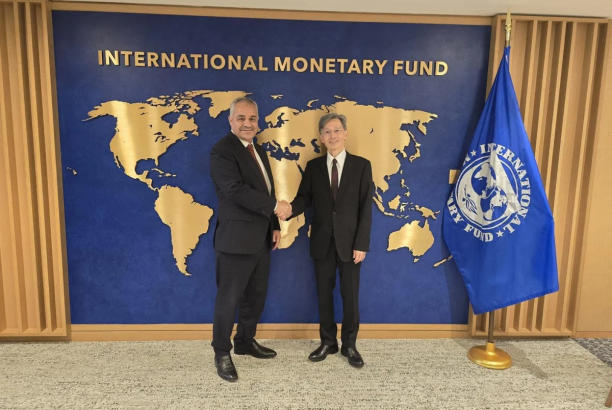During the reporting period, the Libyan dinar strengthened against the United States dollar, which increased its purchasing power with regard to basic commodities, such as food.
The progressively decreasing foreign currency exchange tax imposed by the Presidency Council in September 2018 encouraged deposits and undercut the black market. The revenue windfall from the tax, which was expected to exceed 20 billion Libyan dinars in 2019, continued to keep in surplus the general budget overseen by the Government of National Accord.
While most of the revenue accrued from the tax is included in the general budget, and although the Central Bank of Libya has recently begun publishing regular budgetary reports, there is still a lack of transparency regarding the individuals who are able to obtain access to the taxed rate, as opposed to the official rate.
In southern Libya, cash flow remains a challenge owing to the inability to deliver cash on the part of the official western branch of the Central Bank and the parallel non-recognized Central Bank branch in eastern Libya.
Since April, growth in gross domestic product has been cut by two thirds owing to the conflict, and debt has increased dramatically. While debt directly managed by the Central Bank of Libya decreased to 56 billion Libyan dinars, that of the parallel non-recognized Central Bank branch in eastern Libya increased to 43 billion Libyan dinars, resulting in an overall gross domestic product-to-debt ratio of 150 per cent.




